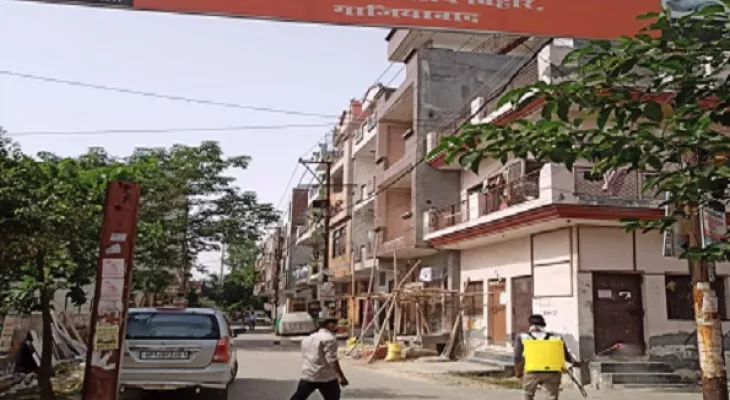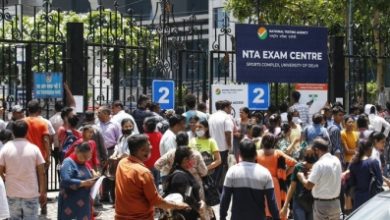Ghaziabad Most Polluted City, Delhi Next: Study

New Delhi, March 17 : Ghaziabad is the most polluted city in the country while Aizwal and Shillong are the least polluted, according to an all-India winter air quality analysis. Delhi was the second most polluted city followed by Noida, Faridabad, Greater Noida and Gurugram. According to the analysis done by the Centre for Science and Environment (CSE), particulate pollution spiked and stayed elevated with varying intensity across all regions during the winter of 2021-22 (October 15 to February 28). The analysis has been done for the 2021-22 winter air quality tracker initiative of CSE’s Urban Data Analytics Lab. The report said the most polluted city in the region during winter was Ghaziabad with a winter average of 178 μg/m3 followed by Delhi that had a winter average of 170 ug/m3. “The next eight spots are all occupied by neighboring NCR cities namely Faridabad, Manesar, Bagpat, Noida, Gurugram, Meerut and Hapur. Cities of NCR completely dominated the list of the most polluted. “Hisar is the most polluted city in the north outside NCR with winter average of 142 ug/m3 followed by Firozabad, Moradabad and Vrindavan — all in the immediate vicinity of NCR.” The CSE, however, observed that the north Indian cities have on average recorded an 11 per cent lower PM2.5 levels last winter but the improvement in the sub-region of Delhi-NCR was just about eight per cent. “Delhi-NCR also saw a marginal increase in the average peak 24-hour pollution. The peak pollution rose significantly from the baseline among the cities in the south (24 per cent) and central Indian cities (7 per cent) despite the overall fall in the winter average.” Taking about the lest polluted cities, the report said Srinagar was the cleanest city in the north. Palwal in Haryana, Bhatinda in Punjab and Alwar in Rajasthan were the other cities with relatively lower winter average. Interestingly, the peak pollution exceeded the standard of 60 μg/m3 in all the cities. In the eastern region, Siwan was the most polluted city with winter average of 187 μg/m3 while in the western region Ankleshwar in Gujarat saw a jump of 20 per cent in the winter average and 52 per cent increase in peak. Nagpur in Maharashtra registered 9 per cent increase in winter average and 78 per cent increase in peak. Nashik in Maharashtra registered 7 per cent increase in winter average and 10 per cent increase in peak. “Southern region recorded the lowest regional PM 2.5 average this winter but it also registered almost 24 per cent increase in regional average peak pollution compared to previous winter. Industrial towns of south namely Gummidipoondi in Tamil Nadu and Gadag in Karnataka also appear in the worst 10 cities for peak pollution (24-hour value).” In the northeast, Guwahati was the most polluted city with a winter average of 81 μg/m3. This is followed by Agartala (winter average of 77 μg/m3). “Aizawl and Shillong had the lowest levels compared to all other cities of all regions this winter. “Clearly, the winter pollution challenge is not limited to mega cities or to one specific region; it is now a widespread national problem that requires urgent and deliberate action at a national scale. This requires quicker reforms and action in key sectors of pollution – vehicles, industry, power plants and waste management to bend the annual air pollution curve and daily spikes,” says Anumita Roychowdhury, Executive Director, Research and Advocacy, CSE. “As availability of real time air quality data has improved in several regions with expansion of the air quality monitoring systems, it has become possible to assess the regional differences and the unique regional trends. This can help to inform the regional clean air action,” says Avikal Somvanshi, Programme Manager, Urban Data Analytics Lab, CSE.
with agency inputs






